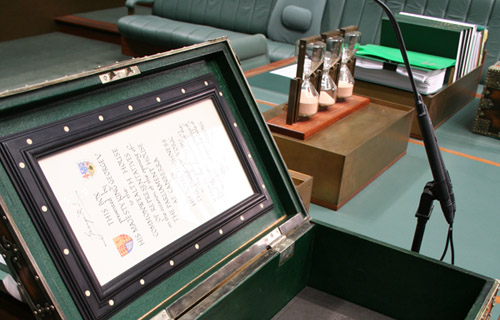The NSW Government’s issue paper Cleaning Up Our Act: The Future of Waste and Resource Recovery outlines the current challenges facing the waste system and proposes a vision for the future NSW circular economy including options for reform writes Rose Read, CEO of the NWRIC.
What is pleasing about the paper is that the NSW Government clearly recognises the current waste and resource recovery system is inadequate to meet the State’s growing needs, let alone the transition to a circular economy. Business as usual won’t fix it, and if we fail to act now to disrupt this trend the NSW waste system may not be able to cope.
From an infrastructure perspective, the nuts and bolts of the waste system, the issues paper clearly recognises the system’s current limitations and gaps. From collection challenges and the lack of capacity to process, recover and treat waste, to the limited resilience in the system to ensure service continuity and reliability. It also acknowledges the essential nature of waste and recycling infrastructure, the workforce supporting it, and community well-being.
Importantly, the government’s vision gives more weight to waste avoidance and creating markets. The NWRIC welcomes this, and it is consistent with the current National Waste Policy. It also clearly acknowledges that responsibility for waste isn’t just with those who collect, recycle and dispose of waste, or the community. More so, it identifies that those enterprises that make, sell and construct are key players who must adopt a stronger sense of environmental responsibility for their products across the entire supply chain and material lifecycle.
The paper also places explicit emphasis on waste being seen as a resource that should positively contribute to a sustainable future. This shift reflects the principles of a circular economy, building social, environmental and economic capital, as opposed to simply reducing environmental harm.
The options proposed in the issues paper are comprehensive and far-reaching, reflecting complex interrelationships and the need for system-wide reform that meets growing public expectations. The challenge now is to prioritise these options, ensuring an implementation-oriented plan that can deliver measurable outcomes over the next five years from 2021.
Considering our current status, we need to look to the future and design a process that can navigate a clear pathway to change and reform. In its response to the issues paper NWRIC identified a number of priority steps to a more sustainable, affordable and reliable waste and recycling sector.
From a material perspective, priority should initially be given to organics, plastics and glass. Specifically, diverting organics from landfill and increasing the recovery of plastics and glass. This will require system-wide changes and collaboration with other jurisdictions.
Creating markets for recovered materials is also key to making services affordable and sustainable. The challenge here is not only to address the current quality and supply issues but more importantly to enable recovered plastics and glass to effectively compete with virgin materials as an affordable alternative.
Several reforms are required to achieve this price parity. Improved source separation at point of collection, increasing processing capacity, and agreed minimum recovered resource supply specifications will go a long way. But most importantly requiring those who make, sell and construct to use more recovered materials in their packaging, products and infrastructure. This can initially be driven by taking a stronger product stewardship approach and mandating minimum recycled content in plastic containers. Requiring all government funded infrastructure projects to demonstrate how they will optimise use of recycled materials and report on types and volumes of recycled materials and products used, will also be essential.
To encourage private sector investment and technological innovation, the government must provide for dedicated precincts in local and state planning policies, streamline the planning approval and environmental licensing process, and reform the current resource recovery order and exemption framework. Such changes will help deliver certainty to industry; a much-needed requirement.
Reliability in the system is also paramount. The NSW Government must increase landfill capacity, and proactively support the importance of energy recovery as a viable solution to treat residual waste that cannot be recycled including contaminated organics.
Finally, greater effort is required to eradicate sub-standard and illegal practices. The approach taken by Victoria to support a waste crime prevention inspectorate is commended. For too long unlicensed and illegal waste activities have been allowed to occur across the state, harming the environment and putting the community at risk. The NWRIC considers that all waste and recycling operations must be conducted in accordance with state, national and international environmental, health and safety regulations. Failure to do so is unacceptable.
Of course, essential to any effective strategy and action plan will be clear objectives, targets, data collection to review performance year on year, timely progress and adequate funding.
NSW is in a strong position to make these changes quickly. With more than $750 million raised per annum through the State waste levy and only 20% being currently spent on waste and recycling activities, there is ample scope to implement the necessary changes. This will serve to encourage greater private investment necessary to create a more sustainable, reliable and affordable waste and recycling system.
The current climate clearly demonstrates that waste and recycling is a service essential to the health and well-being of NSW. In this regard, the issues paper provides a positive outlook on how NSW can future proof its waste and recycling system as it transitions to a circular economy and recovers from COVID-19.
This article first appeared in Waste Management Review – June 2020 Issue







